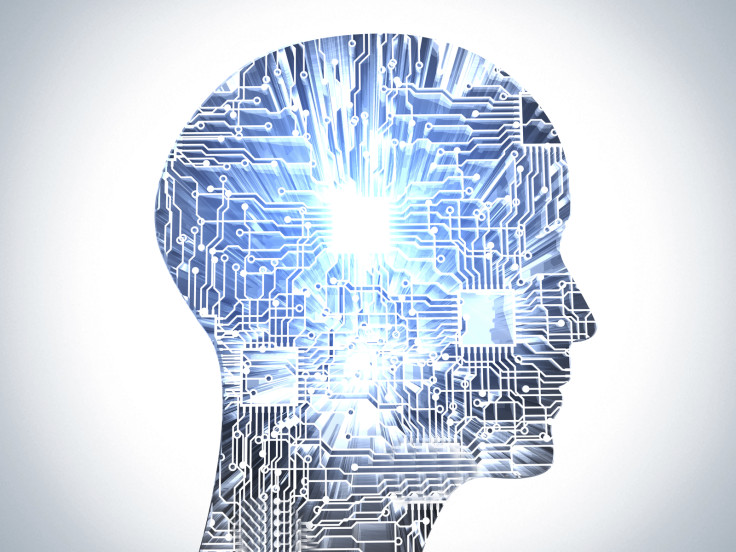IBM creates world's first artificial phase-change neurons that help computers mimic human brain
IBM Research created 500 artificial neurons and got them to process a signal just the way a brain would.

IBM computer scientists have succeeded in developing artificial neurons and synapses using phase- change memory in order to simulate how the human brain learns things, meaning that brain-like (neuromorphic) computers could soon be possible to speed up cognitive computing and analyse big data from the Internet of Things (IoT).
Scientists have wanted to create artificial brains for decades and have theorised about replicating the way the brain works by creating a large population of neurons, but until now it has not been possible due to the amount of power that would be required to pull off a result comparable to a biological brain.
To this end, for over a decade IBM's researchers have been studying phase-change materials – a type of substance with a high heat of fusion that is capable of storing and releasing large amounts of energy when it solidifies and melts at a certain temperature.
The researchers have previously managed to figure out how to store data in the phase-change memory for the first time, and now they are proving that it is possible to create randomly spiking neurons with the phase-change materials in order to store and process data.
The artificial neurons are made from the materials used to make re-writable Blu-ray discs, namely germanium antimony telluride, which can be in one of two stable states including a crystalline state that has a structure, and an amorphous state that has no clearly defined structure.
The artificial neurons cannot store any digital information, but when electrical pulses where applied to the neurons, a crystallisation process began that resulted in the phase-change material eventually firing, which replicates a biological function in neuroscience called the "integrate and fire" property of biological neurons, such as the immediate response triggered by the brain when humans touch something hot.
Creating computer chips that work like the human brain
Using this method to get the artificial neurons to fire, each neuron can then be used to detect patterns and notice correlations in streams of data being collected from IoT-connected devices, such as providing analytics about how smart appliances in the home are being used. The researchers organised hundreds of the artificial neurons into populations and used them to represent fast and complex broadband signals like in the brain, building five arrays of neurons that each contained 100 neurons each.
It takes 60 million microwatts to power a 60-watt lightbulb, but in comparison, the energy required for each neuron update was less than five picojoule and the average power is less than 120 microwatts. The researchers also found that the artificial neurons could sustain billions of switching cycles, meaning that they will last a really long time, potentially multiple years, if the update frequency is 100Hz.
Phase-change artificial neurons already exist today but they are each 90 nanometres in size. IBM's researchers told Computerworld that they can potentially shrink the phase-change artificial neurons to just 14 nanometres, which means that neuromorphic computer processors might one day be possible.
"We show we can have both synapses and neurons using phase-change cells," said Tomas Tuma, lead author of the paper and a scientist at IBM Research in Zurich. "The discovery is important in taking phase-change memory to the next level and to use it for computations."
The research, entitled: "Stochastic phase-change neurons" is published in the journal Nature Nanotechnology.
© Copyright IBTimes 2024. All rights reserved.






















